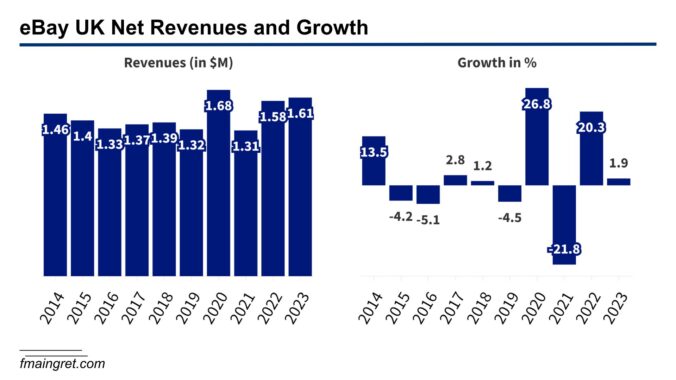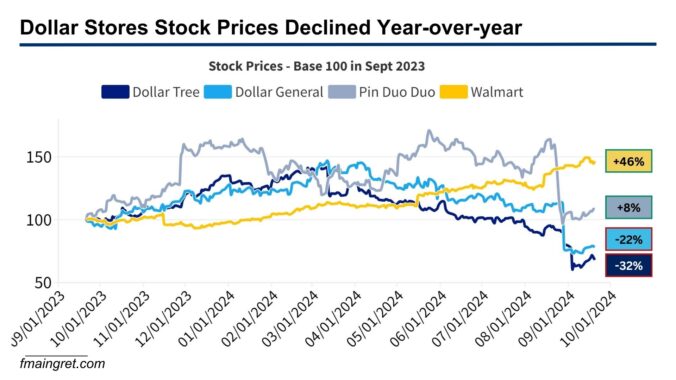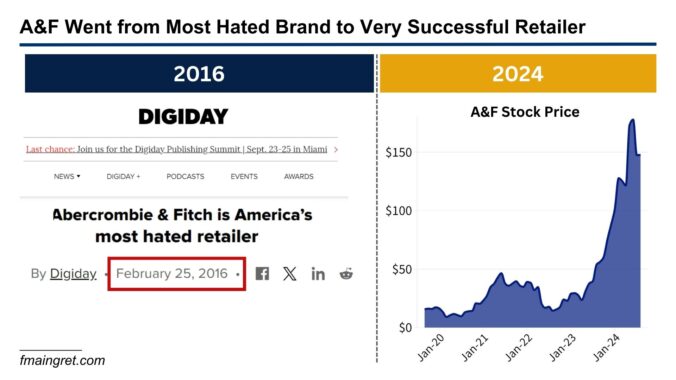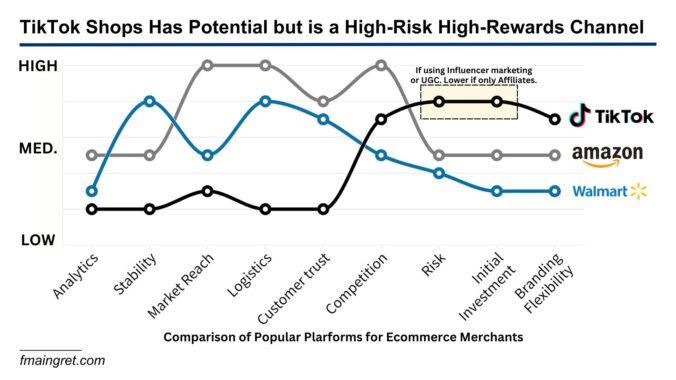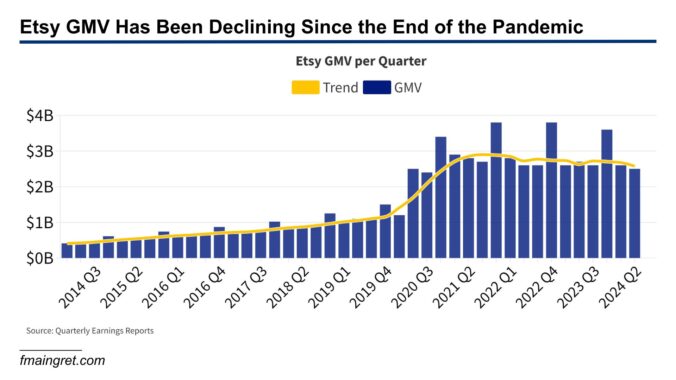One of the biggest complaints among Amazon, Walmart, or TikTok Shop sellers is the ever-increasing fees. But eBay UK has taken the opposite direction for private sellers (those who sell items occasionally for personal reasons, without the primary intention of making a profit or running a business). eBay UK has removed selling fees for private sellers across all categories, except for motors. After removing fees for fashion items earlier, eBay has now extended this policy.
They’ve also introduced new features like simplified listings, AI-generated descriptions, and tracked shipping with prepayment by buyers. eBay says they want to tap into an estimated £9 billion in resale potential from 294 million unused household items. I don’t think eBay would do this only to contribute to sustainability (although it helps), so let’s look at how removing fees for private sellers could impact both sellers and the company.
Continue reading